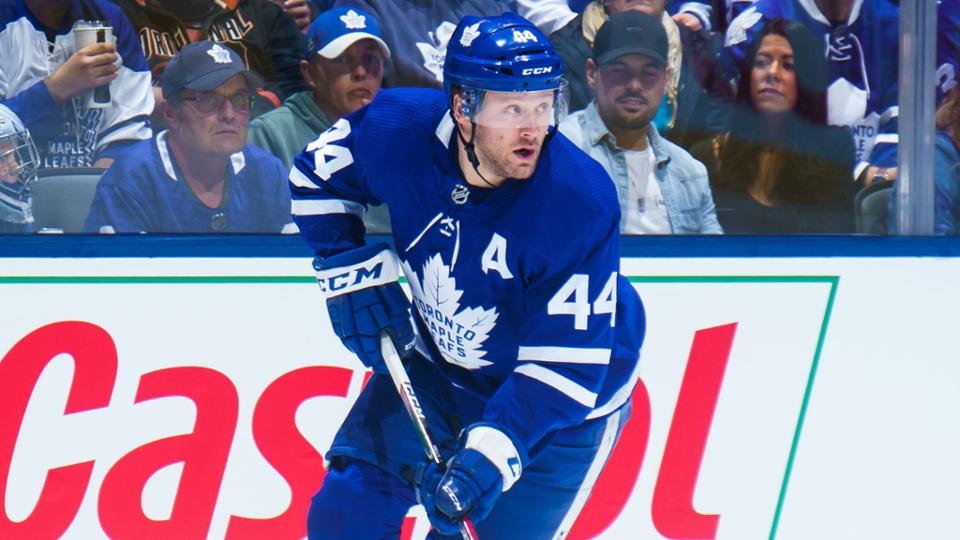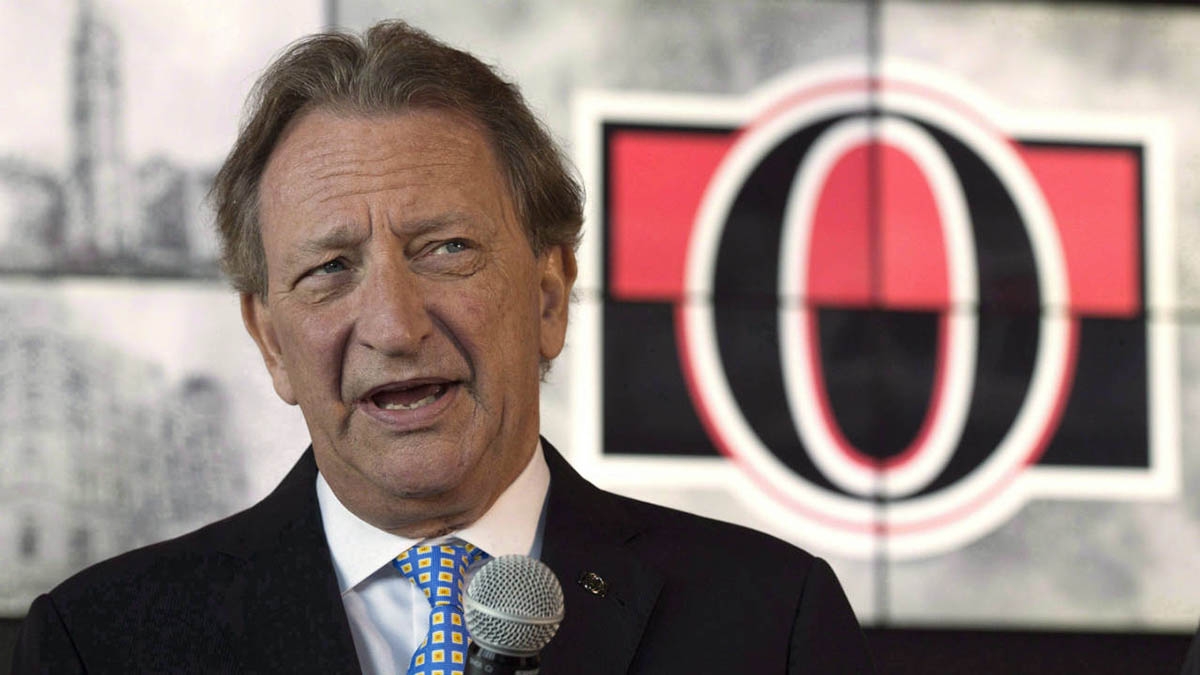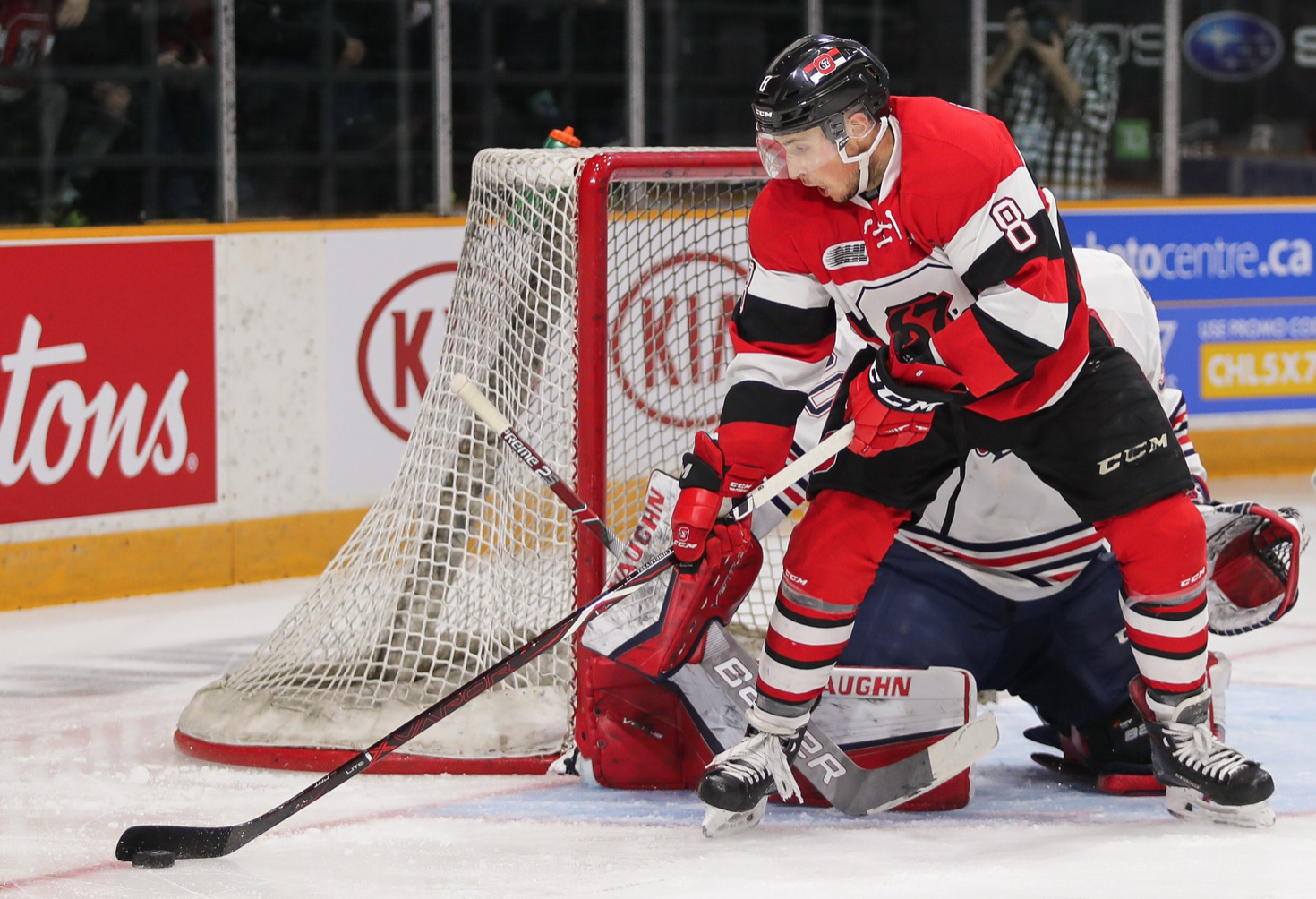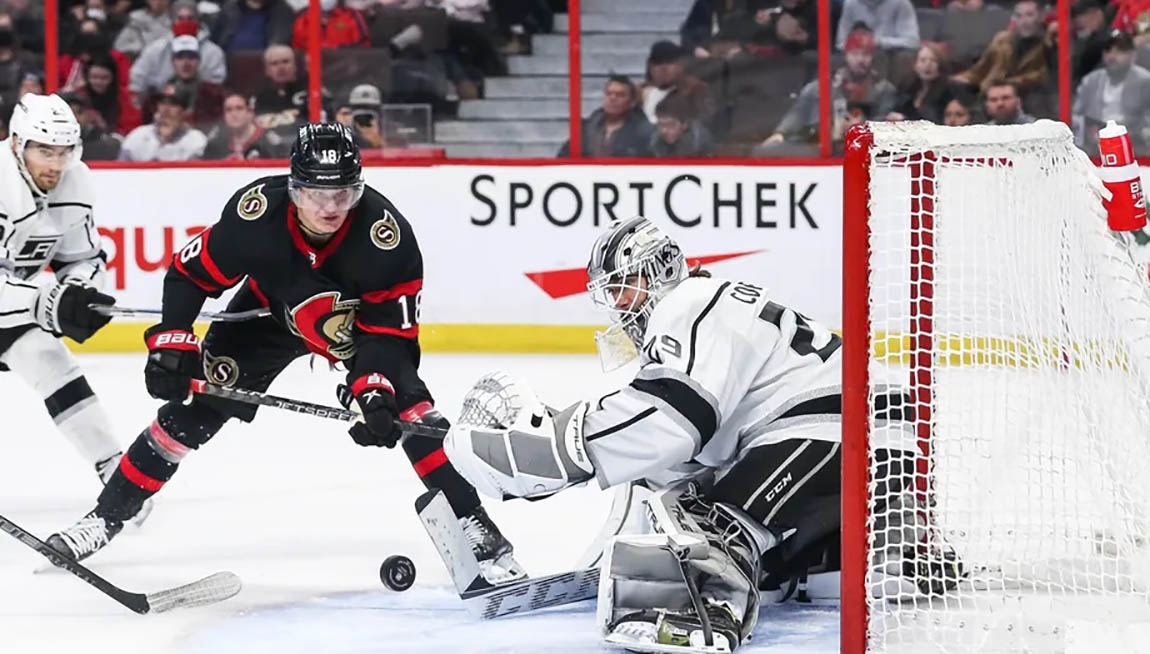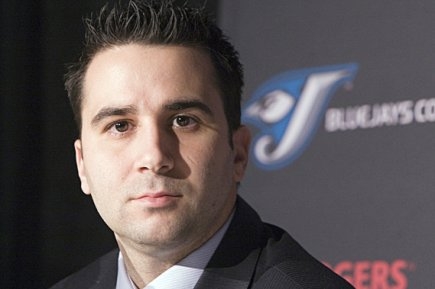
The Wizardry of Alex Anthopoulos
Five months ago, the Toronto Blue Jays ended spring training with Juan Rivera, Jayson Nix and Corey Patterson on their Opening Day 25-man roster. All three were veterans who had enjoyed undistinguished careers over several years in the major leagues; all three had been acquired in the months before the 2011 season to plug a hole in the Jays lineup. While all three could play competent baseball in short spurts, none figured prominently in Toronto’s future plans.
By the end of July, none were with the Blue Jays: Rivera and Patterson were shipped away in trades, while Nix was banished to the minor leagues. In their wake, Toronto has become a significantly more exciting team to follow, mainly because of the promotion of touted Canadian prospect Brett Lawrie and the emergence of a young pitching staff built around Ricky Romero, Brandon Morrow and Brett Cecil. Rivera, Nix and Patterson deserve credit for fulfilling their roles for the first two-thirds of the season, but they were no more than placeholders for the next generation of Blue Jays.

The youth movement is spearheaded by the second-youngest general manager in Major League Baseball: 34-year old Alex Anthopoulos, a graduate of McMaster University who began his baseball career in the Montreal Expos front office. He was promoted from his role as Toronto’s assistant GM to replace the fired JP Ricciardi in October 2009, and has quickly made his mark on the franchise through a flurry of trades that have energized the clubhouse and the team’s fan-base.
What’s striking about Anthopoulos’ forays into the trade market is that he always seems to be dealing from a position of strength. By taking advantage of the in-house turmoil or struggles of other teams, he’s invigorated the Blue Jays’ rebuilding phase while surrendering little more than bullpen arms and veterans on the downswing of their careers.
The first move of this nature came at last year’s trade deadline, when word spread that the Atlanta Braves were looking to deal shortstop Yunel Escobar. In jumped Anthopoulos, who offered veteran infielder Alex Gonzalez and two lesser prospects for the younger and cheaper Escobar (who also happens to be a better hitter and fielder than his predecessor). Thirteen months later, Escobar has entrenched himself as Toronto’s leadoff batter, leading the club in hits and providing sterling defense in the middle infield.
Anthopoulos executed a similar heist at this year’s deadline by pilfering outfielder Colby Rasmus, who had fallen out of favour with the St. Louis Cardinals after a supposed rift with manager Tony La Russa. Like Escobar, Rasmus has quickly warmed to his new surroundings, and any red flags that were raised in his previous major league stop appear to be non-issues. Acquired for the modest sum of the veteran Patterson, three middling relievers and a minor league prospect, the 25-year old Rasmus has demonstrated a powerful stroke at the plate and extraordinary range in center field.

It’s hard to find much downside in any of the deals Anthopoulos has consummated over his brief tenure as Toronto’s GM. Two months after taking over for Ricciardi, he pulled the trigger on the biggest trade in recent Jays history, sending former Cy Young Award winner Roy Halladay to Philadelphia for three minor leaguers: pitcher Kyle Drabek, catcher Travis d’Arnaud and outfielder Michael Taylor.
Anthopoulos deserves credit for understanding that Halladay’s prodigious talents would continue to be wasted on a Toronto team not expected to contend for the playoffs anytime soon. He immediately swapped Taylor to Oakland for first baseman Brett Wallace, who was then dealt at the 2010 deadline for young outfielder Anthony Gose. Today, Gose and d’Arnaud are two of the most highly regarded prospects in the Jays’ restocked farm system, while Drabek opened the 2011 season in Toronto’s starting rotation.
Anthopoulos’ best deal may also be his most underappreciated, seeing as it garnered little in the form of direct on-field talent for Toronto. After a career 2006 season, Ricciardi awarded center fielder Vernon Wells with a $126 million contract that spanned the next seven years; Wells’ output dwindled immediately, saddling the Jays with a woefully overpaid and rapidly declining outfielder. Against all odds, Anthopoulos was able to unload Wells this past offseason on the Los Angeles Angels of Anaheim, who are currently enduring the worst season of Wells’ career.
In return, Toronto received Rivera and catcher Mike Napoli, who was traded to Texas soon after for reliever Frank Francisco. What’s more important than the return is what was freed in the exchange: namely, Wells’ stranglehold on center field, which has been assumed by the younger, cheaper and more productive Rasmus; and enough money to re-sign Jose Bautista to a 5-year, $65 million contract extension. After a 54-home run 2010 season, Bautista has been even better in 2011, evolving into the best all-around hitter in the game and leading the majors in walks and on-base percentage in addition to home runs.

And yet, despite the accolades from pundits all around Major League Baseball, Anthopoulos most recent move has come under scrutiny: sending second baseman Aaron Hill and scrappy fan favourite John McDonald to Arizona for second baseman Kelly Johnson. Despite the furor from fans for dealing McDonald, Anthopoulos was simply accommodating the 36-year old utility infielder’s wish to experience a playoff race for the first time in his career. A pending free agent, McDonald all but confirmed that he’d be back in a Jays uniform next season.
It seems that Anthopoulos decided that Hill (who was named to the All-Star team in 2009 but has performed dismally in the two years since) wouldn’t be retained beyond this season, choosing to obtain Johnson, a second baseman going through similar struggles. Both men are 29 years old; Johnson is considered the superior hitter (his .209 average and .287 on-base percentage in 2011 notwithstanding), while Hill is the better fielder. It works out as an audition of sorts for Johnson: if he can turn his abysmal season around in the final five weeks, he may earn himself a new contract; if not, he’ll be let go, and Anthopoulos will search for another replacement at second base.
In a nutshell, the Johnson deal exemplifies Anthopoulos’ mindset: swap a player you don’t want and a player you don’t need for a reclamation project, someone who could break out and entrench themselves in your lineup for years to come. At present, the returns he’s gotten are mostly intangible; if the young stars falter and the prospects fail to develop as expected, Toronto will be in for several more fruitless seasons. The early indications are positive, however, and with Anthopoulos at the helm, the Jays’ youth will gain experience, form a veteran core and, ideally, contend for many years to come.

